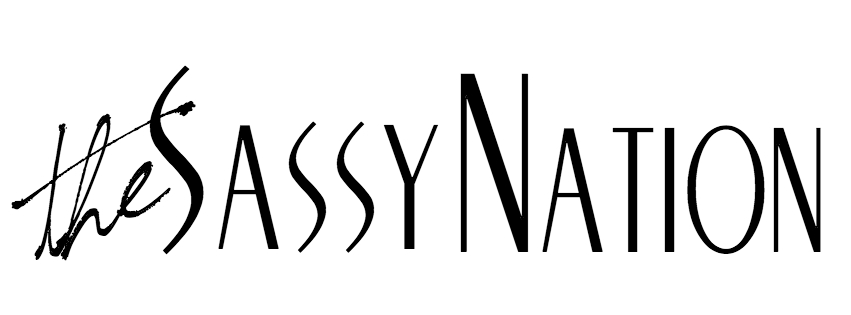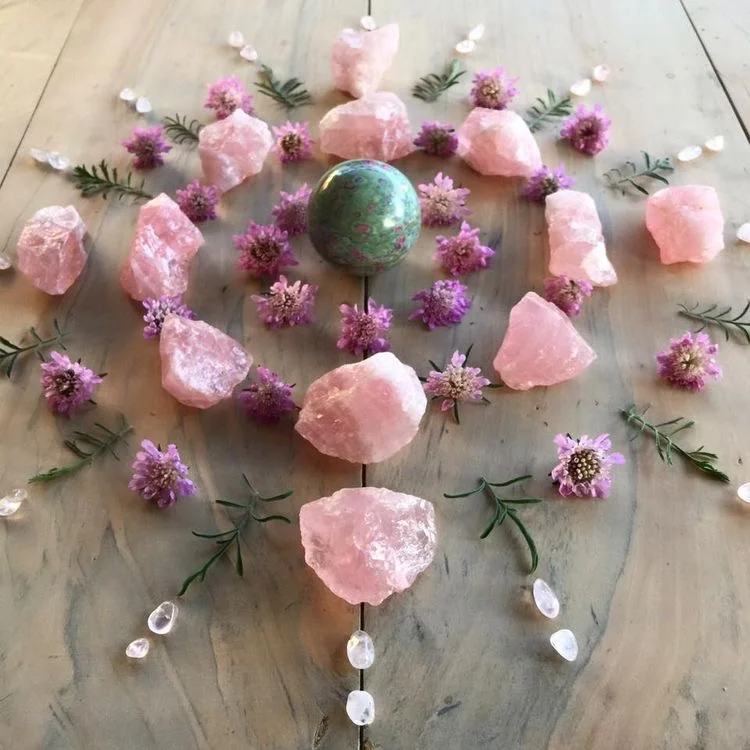How to Protect Your Hair from Damage When Rocking Braids & Twists
No matter the season, a protective style, like braids, can be the perfect solution for your busy life-- as long as you maintain them and treat them right. I've been LOVING rockin' my Goddess Braids all summer long! I get compliments on them nearly everyday.
I only seldom wore braids in the past, so I consulted with my #StylistBae, Atlanta-based master stylist and owner of Amoré Salon, Shannon Henry to get tips on best practices and staple products to consider when caring for braids and twists.
If you're looking for an edgy look you can opt for cornrows or some sleek and sophisticated Goddess braids. Henry explains that to install this style, one should always "start with hair [that] has been shampooed, conditioned and blow dried. I always use a leave-in conditioner [and] any kind of oil, [like] coconut, jojoba or a pomade. This can be [used] on the hair as well as the scalp. Also important, you don't need to use a lot of oil or pomade, just enough on the finger tips while you are braiding."
If box braids are more your style Henry suggests: "Use a spray leave-in conditioner on the scalp (near the roots) When I had [this style] I actually shampooed & conditioned my braids every two weeks in the shower, which made it much easier. It's a plus if you have a hooded dryer. I would sit under the dryer to dry my hair (braids), or just towel them very well and let [them] air dry. I applied jojoba oil by using a few drops all over and massaging my head. This keeps the scalp [and hair] clean and hydrated by removing oils, products and pollution, while refreshing the braids. Another way to revive old braids [is to] re-do them around the hairline and nape for an additional couple of weeks of wear.
Senegalese, Marley and Havana twists have recently become widely popular. As far as difference between the styles and methods of care, Henry explains, "The difference between Senegalese, Marley and Havana twists are the size. Senegalese twists are actually very small. If you are familiar with micro braids, Senegalese twists are about the [same] size, and are twisted instead of braided. Marley and Havana twists are larger, and their names are from the [type] of the hair used." Henry doesn't recommend shampooing or conditioning Marley and Havana twists. Instead, use an astringent to cleanse the scalp and braid spray or a leave-in spray to re-hydrate the strands.
When asked what type of products are recommended for Crochet braids? Henry explains, "Depending on the type of hair you use, you can treat this [style] just like your own hair." She suggests using coconut oil, jojoba or other oils for shine. Also, perm rods and flexirods are good tools to maintain the curl or a twisted style with crochet braids.
Overall, Henry says that maintaining braids and twists is a whole process. All of the steps and products-- hydrating (moisturizing) shampoos and conditioners, a liquid or creamy leave-in conditioner based on one's hair texture and type needs, plus light oils and pomades are all relevant to complete care. Also investing in silk or satin pillowcase to sleep on at night will help to extend a braided protective style. Henry's parting advice is not to put too much tension on the hairline and nape in order to preserve edges and avoid keeping protective styles in for longer than two months. "I do recommend getting hydration and protein treatments before and after braid services. A healthy scalp equals healthy hair," she says. "And always ask your stylist for their recommendations for maintaining your protective styles."
Take a look inside SASSY LITTLE THINGS...














